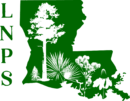The terms Provenance and Ecotype are used often in native plants conversation. Provenance refers to the place where a plant originated. Even within a small geographical region, like the state of Louisiana, different populations of a particular species may change slightly to become specifically adapted to local conditions and individual habitats. Different populations containing local genetic variations are called Ecotypes.
There are many plants native to the United States that have large geographic ranges. Take Big Bluestem grass (Andropogon gerardii), for example. The natural range of this grass emcompasses over 3/4 of the United States, from Montana to Arizona, from Maine and Florida and everywhere in between. Does this mean then that a Big Bluestem grass propagated from plants in Nebraska, will perform well in Louisiana? No. Experience and research has shown that for a great many plants, “local matters” when it comes to foliage, flowering, seed set, seed germination, cold, heat and moisture tolerance, phenology and overall plant performance.
A fundamental selling point for native plants is that they are adapted to the place they occur, to the specific conditions of soil, topography and climate factors such as wind, temperature and rainfall. For this reason, locally adapted plants, local ecotypes, should be more successful in terms of health and longevity than plants from elsewhere on the globe and elsewhere in the country. Certainly, they will better serve in their ecological roles having co-evolved with the surrounding plants, animals, insects and other organisms and having synchronized their processes and phenologies over time with those other players. In the healthy native ecosystems that we hope to emulate and re-create there is a strong interdependence between plants themselves but also with the local native animals, insects, and micro-organisms with which they have evolved that is best achieved by using locally adapted plant material.
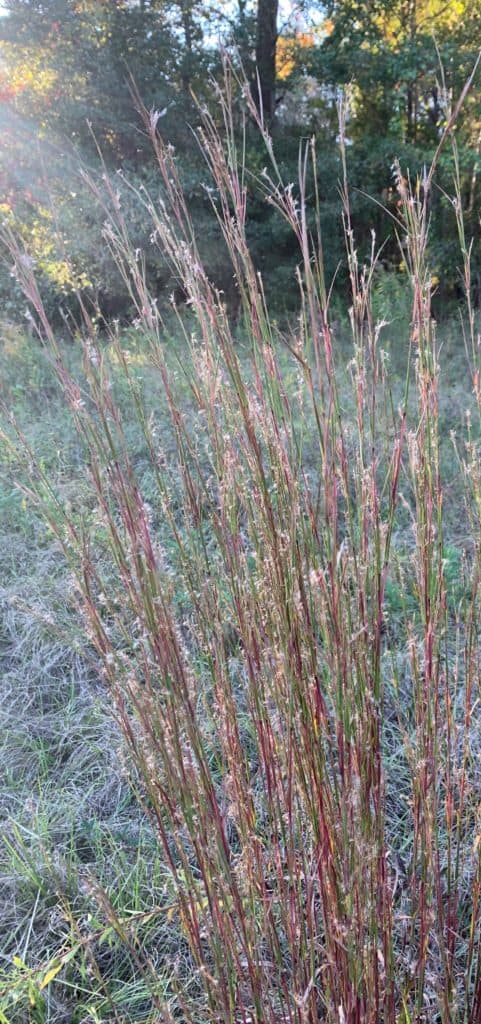
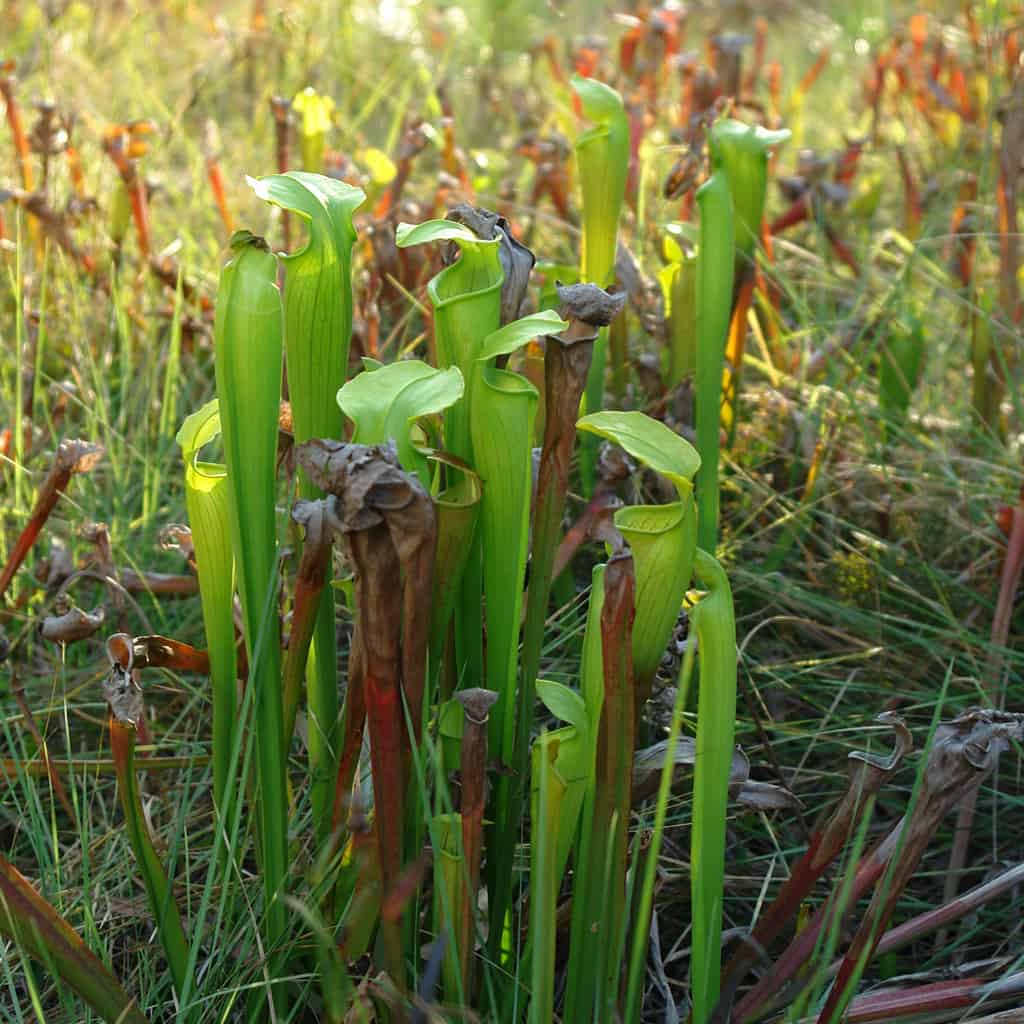
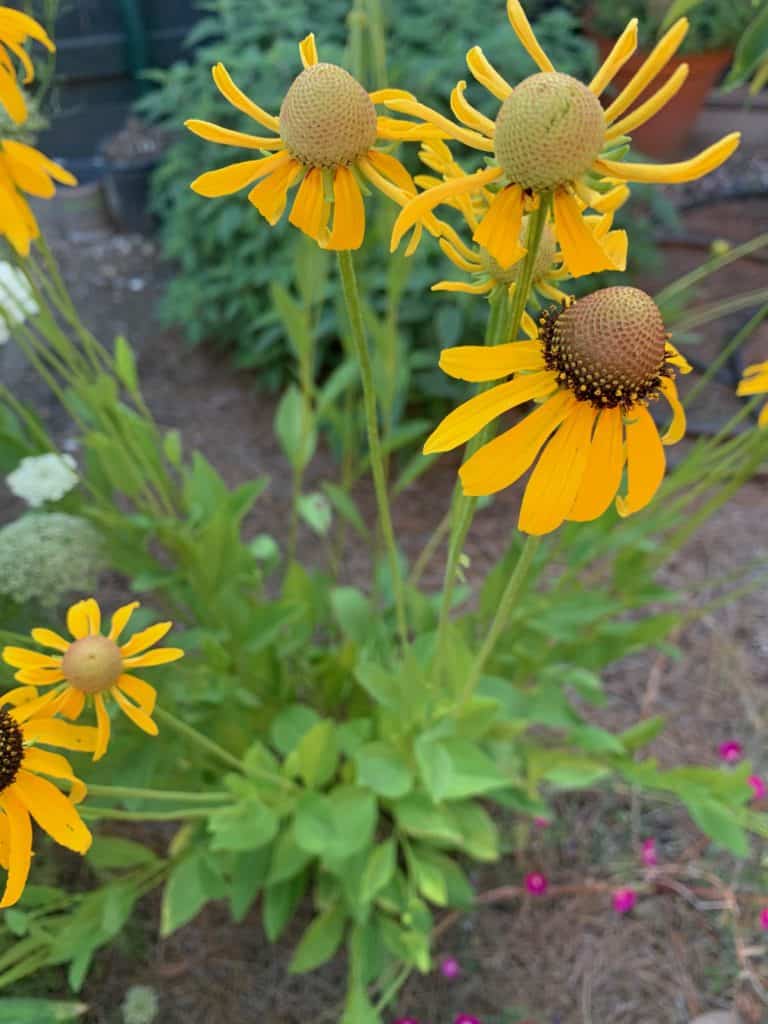
Consider that a Red Buckeye, Aesculus pavia, propagated off plants from North Carolina and planted here in Louisiana may bloom and may be pretty, but perhaps the hummingbirds that rely on this early blooming tree at the onset of their migration will have moved on already because this more northern Red Buckeye blooms 4 weeks later than a Red Buckeye with a Louisiana provenance.
There is also a scientific concern that introducing plants from one ecotype to another can result in hybridization between the local species and the introduced species and cause the loss or dilution of the original genetic diversity that makes specific local populations so successful in their particular environments.
Good nurseries and growers will be able to tell customers where their plants come from, and many native nurseries try to grow plants from locally collected seed and stock whenever possible. Adaptability varies greatly in species and precise definitions for “local” are hard to agree upon. General suggestions for plants have ranged from 60 to 200 miles from planting location. Others have argued that carefully matching habitat types may be more important to planting success than relying on geographic proximity of plant origin.
While plant provenance and ecotype are important factors for homeowners and gardeners building their native landscapes and gardens, these factors take on even greater significance and gravity in ecological restoration work and have been much studied and debated. For further reading, here are just a couple of articles arguing, (quite technically speaking), some of the current schools of thought and practice in this area.
While “traditionally, practitioners have sourced seed local to the restoration site, also known as local provenancing….in order to maintain the evolutionary history of plant populations, minimize maladaptation (traits that are more harmful than helpful), and limit deleterious genetic effects (increased susceptibility or predisposition to disease): https://academic.oup.com/bioscience/article/68/7/510/5034096, some thought is now given towards “supplementing local provenances with nonlocal provenances: attempting to increase adaptability of plants by increasing genetic diversity of the seed mix, and considering anticipated future environmental conditions of a restoration site and recommending predicative and climate-adjusted provenancing.” https://www.fs.usda.gov/rmrs/news-releases/selecting-provenance-local-native-or-nonlocal-native
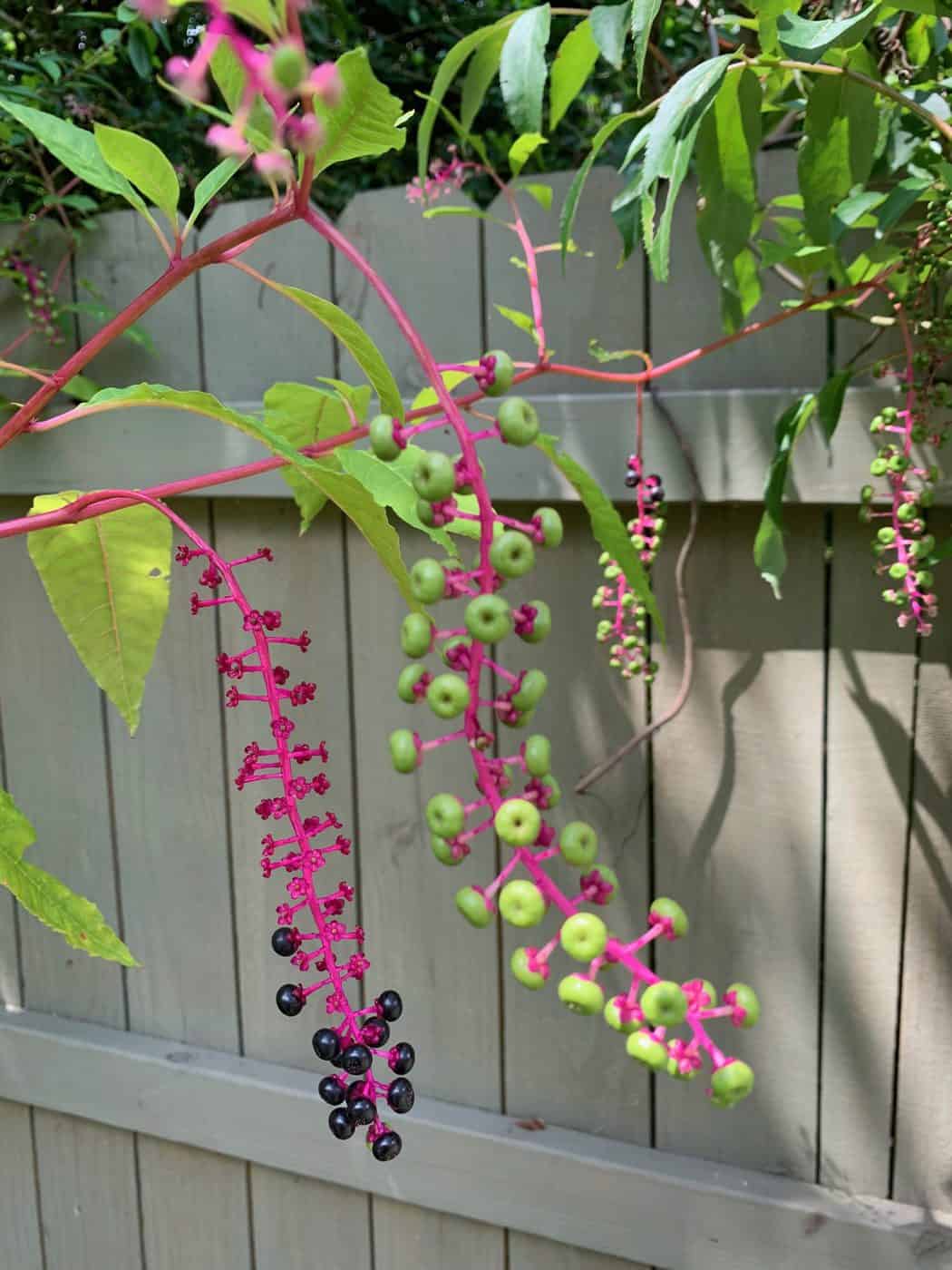
References cited:
https://www.fann.org/info/why-plant-native/why-local-matters-ecotypes-provenance/
http://anpsa.org.au/APOL32/dec03-5.html
Requiem for a Lawnmower, Sally Wasowski: Provenance is not a city in Rhode Island.
